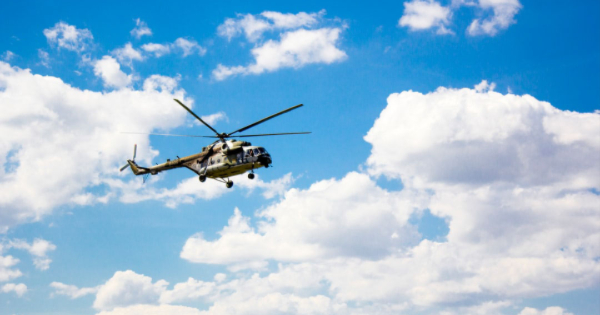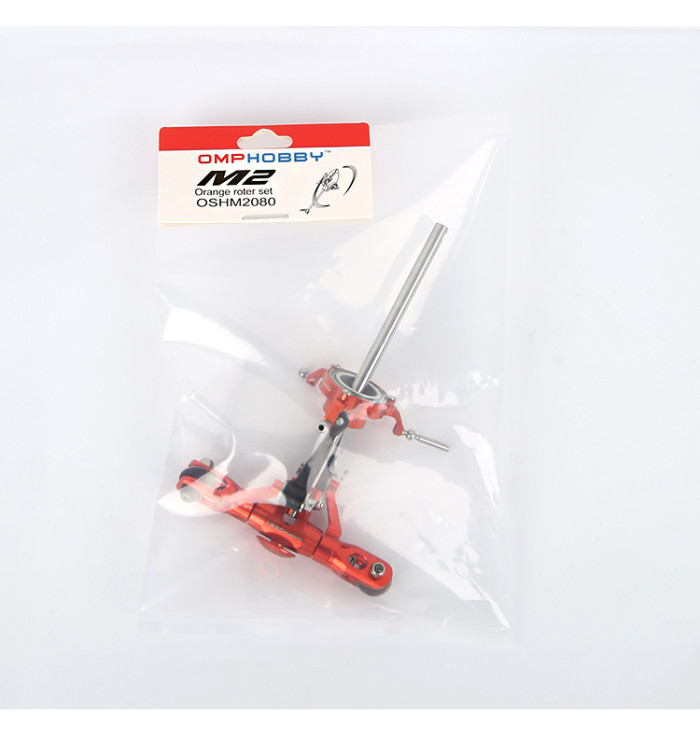Helicopter Replacement Parts Fundamentals Explained
Table of ContentsHelicopter Replacement Parts Fundamentals Explained9 Simple Techniques For Helicopter Replacement PartsAll about Helicopter Replacement PartsThe Single Strategy To Use For Helicopter Replacement Parts

With this hinge, when one blade flaps up, the other flaps down. Flapping is caused by a sensation referred to as dissymmetry of lift. As the airplane of rotation of the rotor blades is tilted as well as the helicopter starts to progress, an advancing blade and a pulling away blade become recognized (on two-bladed systems).
This triggers better lift to be created on the progressing blade, causing it to climb up or flap. When blade turning reaches the point where the blade becomes the retreating blade, the extra lift is lost and the blade flaps downward. [Number 5] Totally expressed blades blade systems give joints that permit the blades to relocate fore as well as aft, in addition to backwards and forwards.
When first starting to spin, the blades delay till centrifugal pressure is completely established. As soon as revolving, a decrease in speed causes the blades to lead the major blades hub till pressures enter into balance. Constant fluctuations in blades blade speeds cause the blades to "quest." They are cost-free to do so in a totally verbalizing system due to being mounted on the upright drag joint.
7 Easy Facts About Helicopter Replacement Parts Shown
Towards that end, the use of elastomeric bearings in primary blades systems is raising. They also do not need routine lubrication, which decreases upkeep.
Several joints and also bearings can be eliminated from the tradition main rotor system. The result is a simpler rotor mast with reduced upkeep due to less relocating components.
[Number 7] Usually, helicopters have between two and 7 major rotor blades. These blades are normally made of a composite framework. The huge turning mass of the major rotor blades of a helicopter produce torque. This torque increases with engine power as well as tries to spin the body in the contrary direction.
Regulated with foot pedals, the countertorque of the tail rotor must be regulated as engine power levels are changed. This, in turn, changes the quantity of countertorque, as well as the aircraft can be turned about its upright axis, allowing the pilot to regulate the direction the helicopter is facing.
The Facts About Helicopter Replacement Parts Revealed

This reduced pressure causes a pressure counter to the torque generated by the main rotor. In addition, the remainder of the air from the fan is sent via the tail boom to a vent on the aft left side of the boom where it is eliminated. This action to the left triggers a contrary response to the right, which is the direction needed to counter the main rotor torque.
It can be moved in any direction to tilt the airplane of turning of the rotor blades. As mentioned, the foot pedals regulate the pitch of the tail rotor blades thus balancing primary rotor torque.

Numerous blades layouts and configurations have been carried out with time. Solitary major rotor helicopters are the most usual kind of helicopter They require an anti-torque tool (tail blades or various other anti-torque system) to neutralize the turning energy generated by the major rotor, which is powered by one or even more engine(s).
Helicopter Replacement Parts Fundamentals Explained
The most common anti-torque tool is a tail blades, which is created to compensate the torque produced by the major blades. EC25 single major rotor that site helicopter A tandem rotor helicopter has 2 main rotor systems and no tail rotor. Usually the rear blades is placed at a higher position than the front blades, and both are created to prevent the blades clashing, ought to they flex right into the other blades's pathway.
The layout of the drive as well as control system are more difficult than the ones of a single main blades helicopter (helicopter replacement parts). Ch47 Chinook helicopter with tandem blades Coaxial rotors are 2 primary blades installed on one mast, sharing Recommended Reading the same axis of turning yet turning in contrary directions, one in addition to the other.
The helicopter will certainly yaw to the left if the clock sensible rotating rotor creates even more lift, as well as it will certainly yaw to the right if more lift is generated by the counter-clock wise turning rotor. The drag generated Click This Link by the rotors is fairly large because of the interference of air flows, so these helicopters do not generally have a high cruising rate.